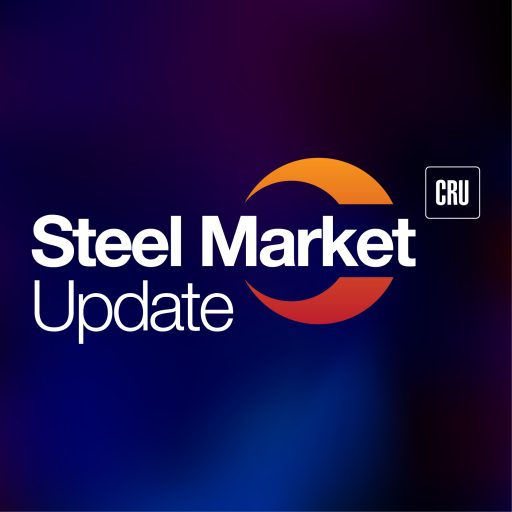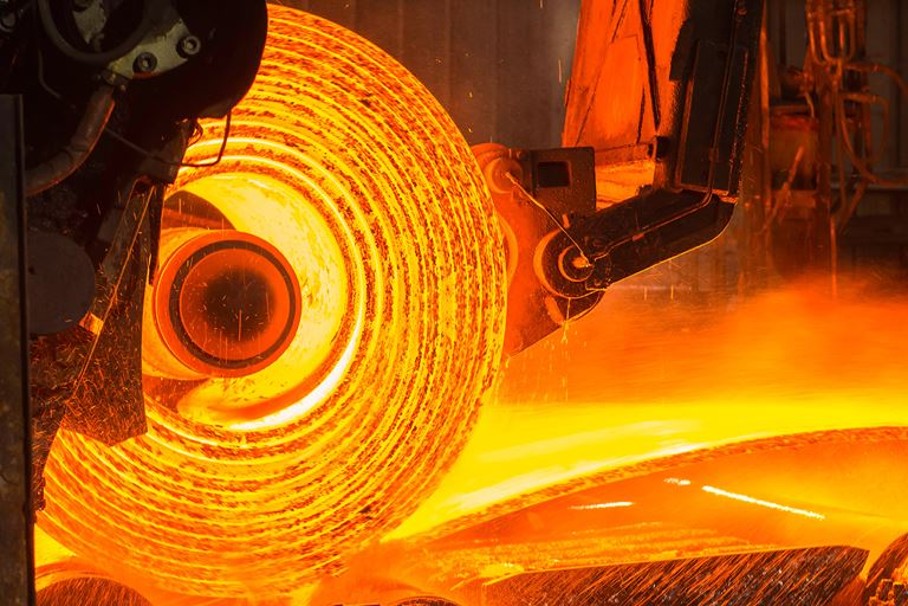Analysis

November 21, 2025
CRU: APAC steel prices continued to decline amid weak demand
Written by Juliana Guarana
This news item was first published by CRU. To learn about CRU’s global commodities research and analysis services, visit www.crugroup.com.
Chinese steel export prices declined further due to weak demand and tax-evading shipments and pulled down wider APAC (Asia-Pacific) markets. Sheet prices in the EU rose on 2026 import supply concerns, while US sheet prices increased above key landed import prices.
The downward trend in Chinese steel export prices continued over the past month, as domestic demand in the country failed to recover following the Golden Week holidays. This prompted some Chinese major state-owned mills to reduce prices significantly to secure export orders and meet annual targets. Moreover, rising tax-evading shipments undermined mills’ ability to export at standard prices, which are typically $10 per metric ton (mt) higher than tax-evading cargoes.
The downtrend in China was carried over to Southeast Asia, and regional steel prices also declined m/m due to weak demand and elevated inventory levels. In Japan, HR coil export prices fell by $25/mt month over month (m/m), due to low buying interest in key export destinations. Meanwhile, the antidumping investigation by South Korea into Japanese HR coil triggered a shift in trade flows from Japan, with more material getting redirected to South Asia, the Middle East and Africa.
In India, HR coil export prices also declined m/m as Indian mills lowered offer prices to the Middle East to secure deals, given persistently weak domestic demand following Diwali festival holidays.
EU sheet prices keep rising on import supply concerns
In Europe, domestic sheet prices continued to increase over the past month despite subdued end-use demand. The price uptrend in the region has been supported by rising buyer concerns over limited import supply in 2026 due to the Carbon Border Adjustment Mechanism (CBAM) and the European Commission’s proposed post-safeguard system (see related Insight here).
Consequently, the widened price gap between import offers and European domestic prices (see our GSTS pdf for more information on landed import prices) prompted some import sales. However, European buyers continued to take a cautious approach to imports given the tightening trade policy. In addition, arrivals of previously ordered imports in the EU over recent weeks increased available stocks and drew down Q4 safeguard quotas (see our safeguard quota data tracker here), further limiting interest in imports. The Q4 HR coil quota for India was fully exhausted by mid-November, while that of South Korea was filled by more than 95%.
US sheet prices rise above key landed import prices
In the US, domestic sheet prices increased significantly over the past month with HR coil prices reaching the highest level since July 30. The upward momentum drove domestic HR coil prices above landed import prices from key markets such as Japan and Brazil in November for the first time since July (see our GSTS pdf for more information on landed import prices). Meanwhile, Brazilian slab export prices decreased in November due to continued downward pressure from Asian competition.






